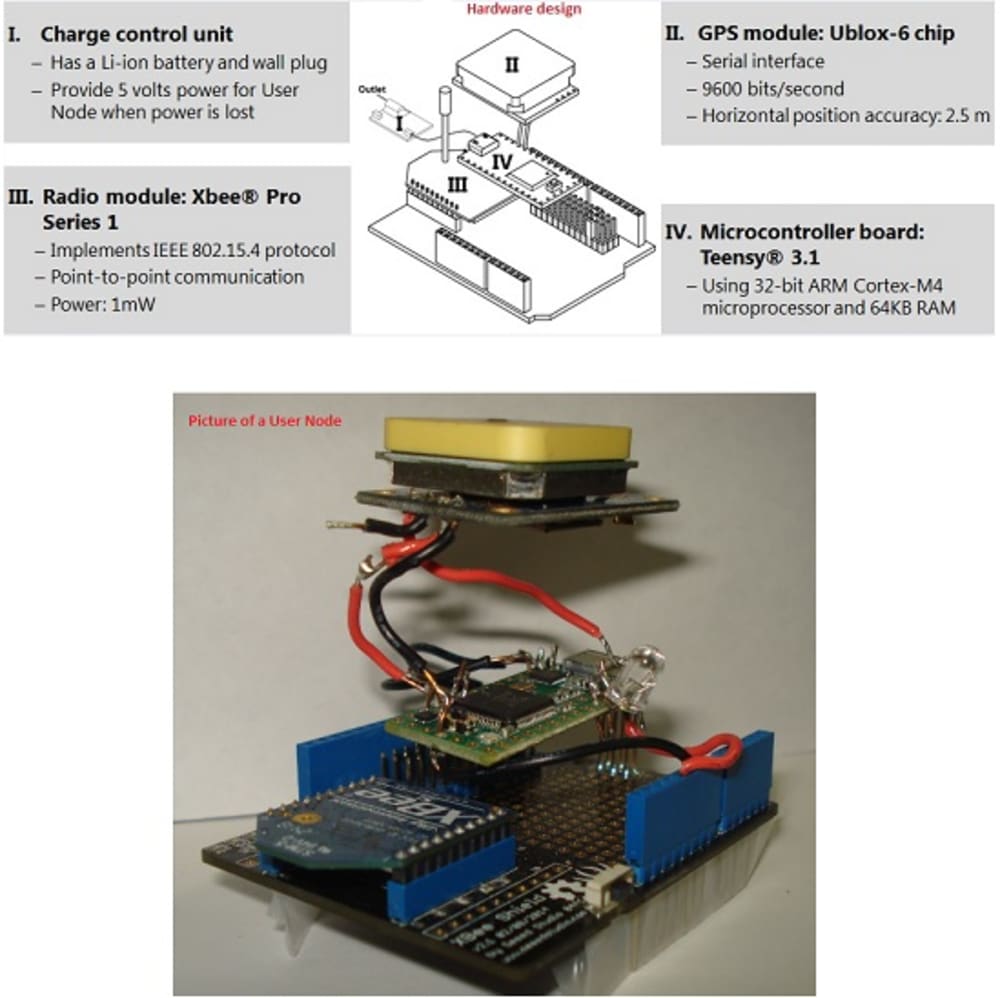
Electricity-operated durable medical equipment (DME), such as ventilators and dialysis machines, are life-supporting medical devices used at home by patients. The use of DME is not only convenient and economical, but also leads to a better quality of life for the patient. In a 2013 survey, WHO estimated that in Japan alone, as many as 13,000 DME are in use[1].
However, DME-dependent patients are extremely vulnerable during natural disasters due to stopping of their machines and lack of means for them to contact hospitals in the case of damaged infrastructure including cell/landline services and/or Internet connection. There is no existing technology suitable for tracking DME-dependent patients during power outages as commercial locators/trackers, such as Pocketfinder[2] and eZoom[3], all rely on the current infrastructure. Realizing the severity of this issue, the Assistant Secretary for Preparedness and Response (ASPR) of the U.S. Department of Health & Human Services launched an ideation challenge in September, 2013 on the www.innocentive.com website to seek ideas for a tracking/locating system during public health emergencies (www.InnoCentive.com challenge ID: 9933433)[4].
Reported herein is a novel wireless system that utilizes an ad hoc radio network to automatically report the patient’s information and location, and the DME status to a nearby hospital when power outages are detected. This system consists of two parts: a hospital-based receiving device, called the Base Station node, and multiple transmitting devices, called User Nodes, each connected to the DME at patients’ homes. The Base Station and User Nodes are each built with a Teensy® microcontroller, a GPS receiver module, and an Xbee® radio implementing the Zigbee® protocol. Additionally, each User Node contains a status LED and an internal lithium-ion battery connected by a charge controller. The software utilizes three types of data packets, i.e., the Request packet, Reply packet, and Data packet, and implements the Most Forward within Radius routing algorithm written in C language. User Nodes are programmed to obtain, transmit, and relay the DME and patient information, and the Base Station is to receive and print information onto the hospital’s computer. Three tests, i.e., field test, network test, and power consumption test, were performed. The results showed this system worked well as designed. The User Node consumes little energy and a fully charged Car/wheel chair battery can run the device for 6 days without AC power.
Without needing the current infrastructure, this novel DME tracking system works automatically when triggered by power outages, and thus serves as a critical life line for patients during difficult times. It is inexpensive ($72/device) and incurs no monthly charge. This revolutionary system has potential to save many lives after implementation.
References:
[1] Baseline country survey on medical devices, 2013 update: Medical Equipment --- Total density per million population computed tomography. (2013). Retrieved from http://gamapserver.who.int/gho/interactive_charts/health_technologies/medical_equipment/atlas.html
[2] GPS Trackers for Today’s World. (2015). Retrieved from http://www.pocketfinder.com/
[3] eZoomTM: Portable tracking and safety GPS Locator. (2014). Retrieved from http://www.securusgps.com/eZoom.aspx
[4] System for Locating People Using Electricity Dependent Medical Equipment during Public Health Emergencies (2013). Retrieved from https://www.innocentive.com/ar/challenge/9933433
Video
-
Awards
-
 2015 Top 100 Entries
2015 Top 100 Entries
Like this entry?
-
About the Entrant
- Name:David Li
- Type of entry:individual
- Software used for this entry:C language
- Patent status:pending





